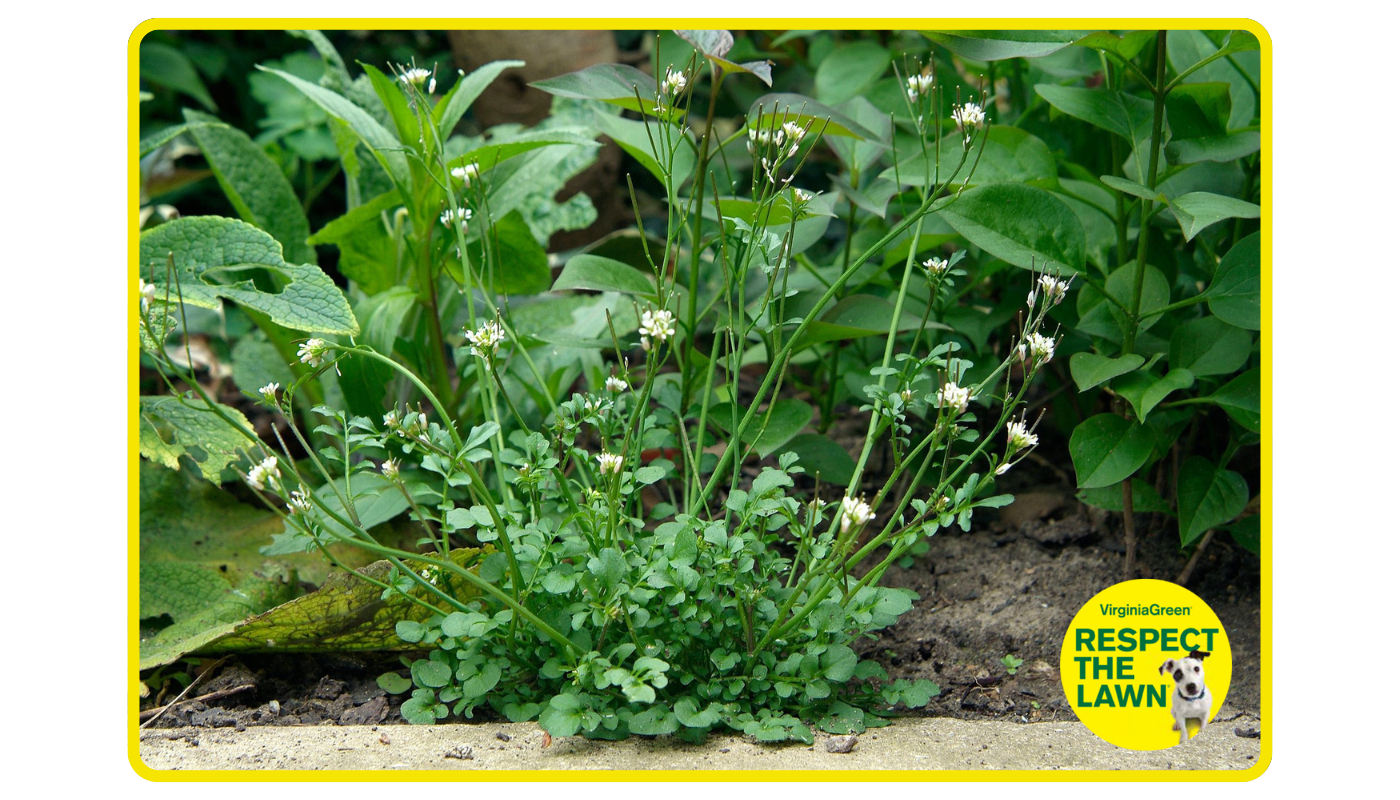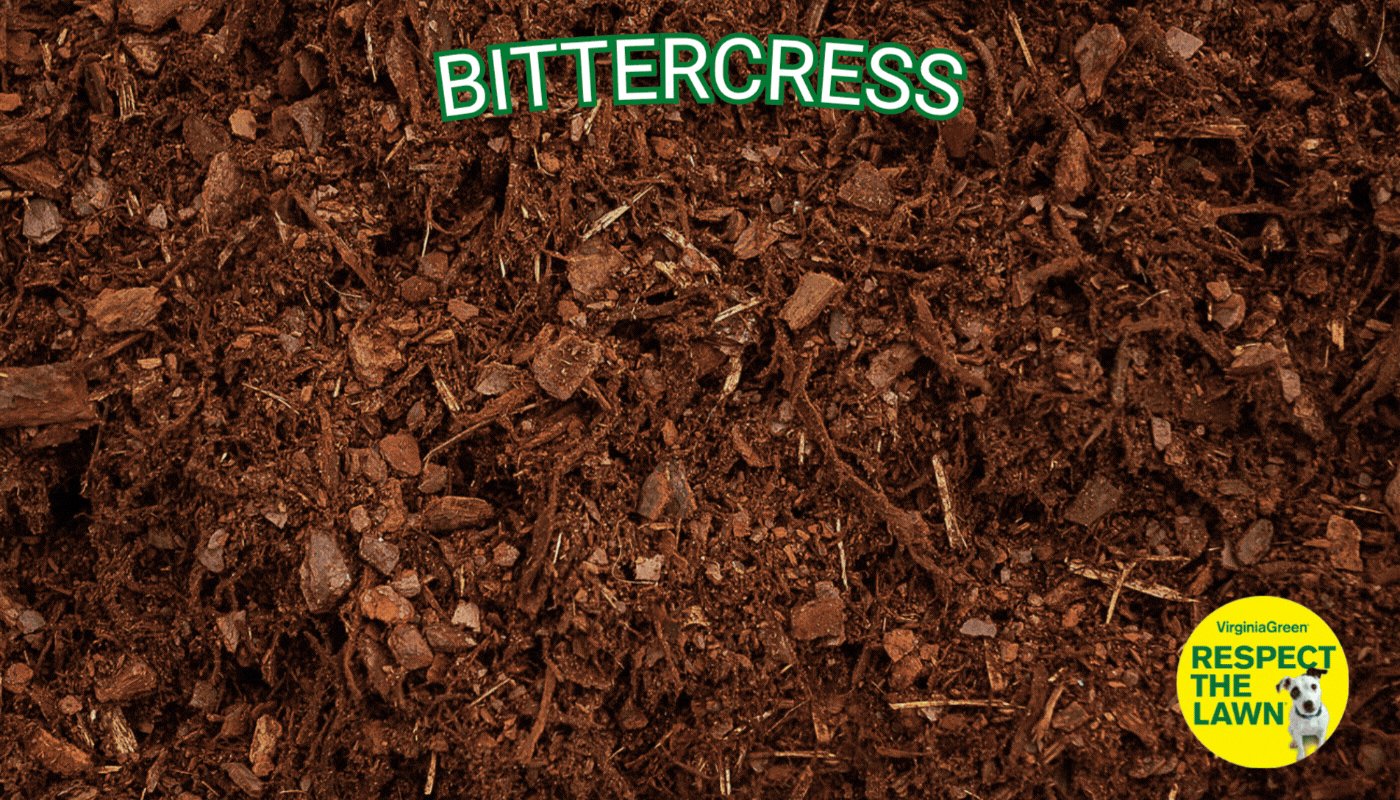Bittercress
Bittercress(Cardamine hirsuta) is a common weed and can spread quickly. With the ability to take over lawns in a short period of time, it's important to tackle Bittercress as soon as you can.
Bittercress (Cardamine hirsute)
Winter Annual
While it can be a sign of spring to some, the emergence of Bittercress rosettes in lawns and garden beds across the eastern region of the United States may lead to poor lawn health and problems for many. A "winter annual" Bittercress germinates in the late fall and emerges to flower and seed as warmer weather approaches. Also known as lambscress, springcress, flickweed, shotweed or Hairy Bittercress, this weedy member of the mustard family can be fairly predatory on your lawn and garden space. Keep reading below to learn more!

Identifying Bittercress
Bittercress is a broadleaf weed and one you’ll see popping up in your garden beginning in the winter and on the warmer days of early spring. You will most likely find Bittercress growing in moist, sunny soils, but it can grow in shade and other habitats. Primary locations where you can spot Bittercress include garden beds and cracks or openings in paved areas.

You Can Identify Bittercress Using the Following Visual Cues:
- The base of the Bittercress forms a circular cluster of leaves, close to the ground.
- Each leaf of the Bittercress is divided into smaller “leaflets” arranged on a central stem, much akin to a feather.
- Leaflets on the base of the Bittercress tend to be rounder while higher up on the plant you’ll find longer, more stretched out leaflets
- As Bittercress matures, stems branch and grow from 3 up to 10 inches in height.
- Small white flowers appear at the ends of these branches and show four pollen-bearing stamens.
- After maturing, flowers are replaced by thin seedpods, which dry out, split open and release seeds.
Why You Should Remove Bittercress from your Yard
As Bittercress is well suited to growing in many places such as yards and garden beds, it is important to control the weed before it outcompetes more desirable plants. If you wait until Bittercress seeds, you risk spreading the weed across your yard, as the seed pods can “explode” up to 5,000 seeds. One thing to note is that Bittercress seeds have no dormancy period and can germinate very quickly if the medium and environment is favorable. Another worry about keeping Bittercress around is that the plant can host many nursery insects such as mites, whiteflies and other diseases.
When and How to Remove Bittercress
It is important to begin prevention and treatment of Bittercress as early as possible. Soil management is the first step in preventing Bittercress growth. By using healthy, clean substrates and containers you can avoid introducing unwanted weeds into your nursery or lawn.
Once Bittercress emerges, mowing will only slow the seeding process but pulling the plant and completely removing the root is the strongest method of control. While we at Virginia Green do not recommend preemergent herbicides on this weed, we use and suggest postemergent herbicides on young and actively growing Bittercress before flowering and seeding occurs.

Need Help Tackling Weeds?
Our agronomists (soil scientists) can give your lawn the attention it deserves.